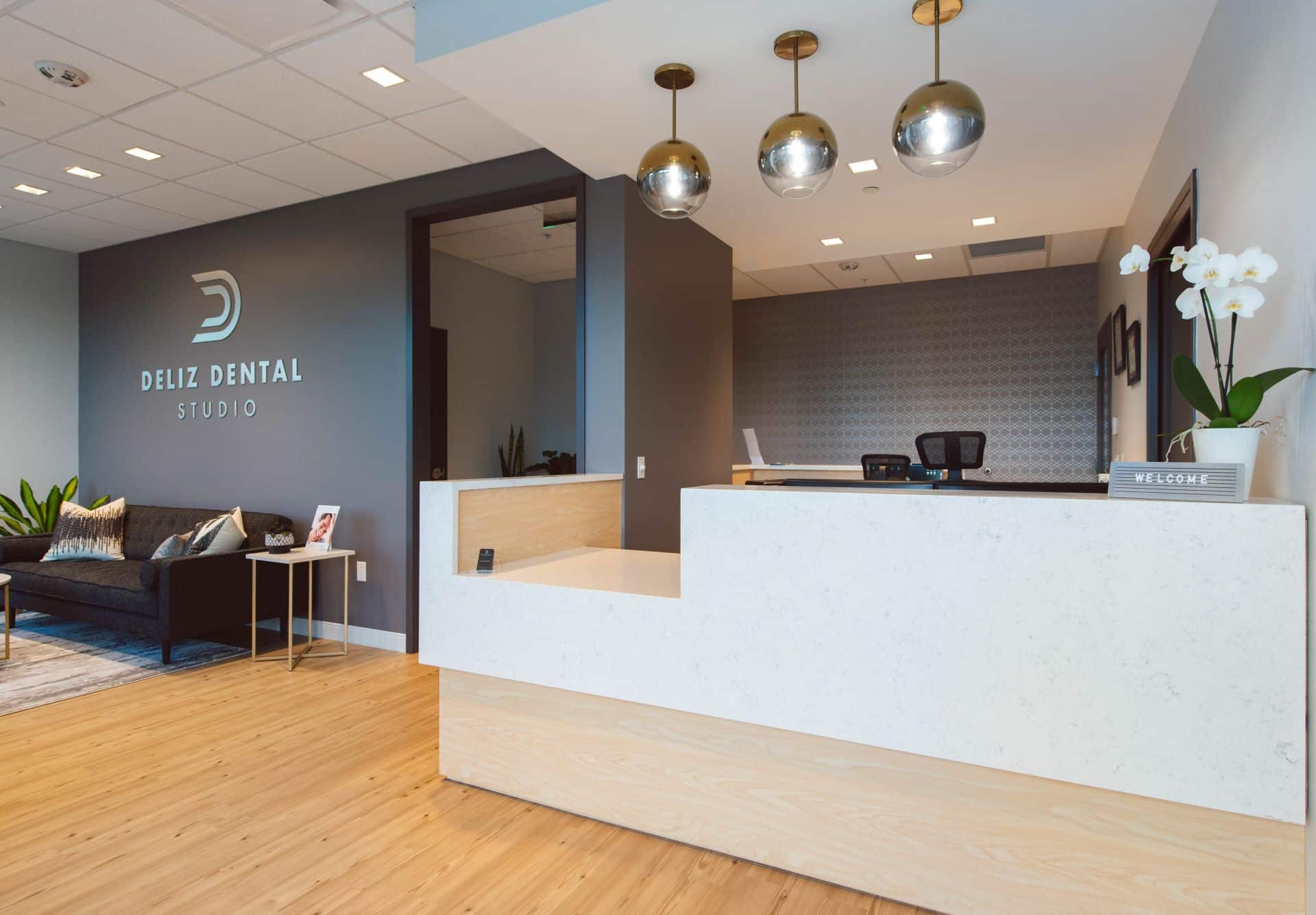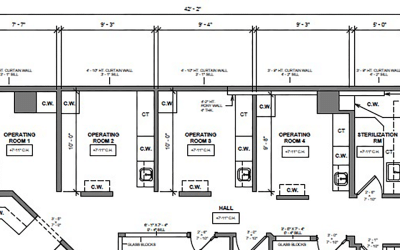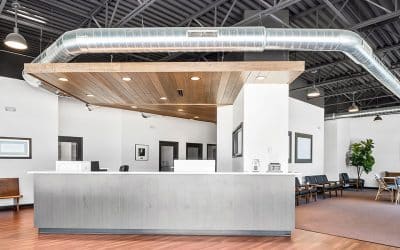"Room Centric" vs "Office Centric"
You’re probably thinking, “Wait…What? That’s a thing?"
Much planning goes into the building of a dental office, and not just by the designer or architect. The first (and maybe most important) planning is done by the individual or group who will work in the space. They need to determine how much space they have and how versatile their space can be. They can plan all day and build all night, but without efficient systems, they are doomed to fail!
Although less efficient, a Room Centric space is applicable under certain circumstances. A great example is in Manhattan, New York City’s most densely populated borough. Both sophisticated and glamorous, this metropolis is considered to be the city with the most expensive real estate in the world…imagine trying to build a dental practice in the heart of this big-little town! Space is hard to come by and oh, by the way, "we can’t move walls” (challenge accepted by our design team) is a common theme.
Something about preserving the history of the building…?

I have a client in Manhattan. This particular doctor is at capacity and needs to expand but it is not possible. He has two options: either (1) find a new location or (2) expand hours and be more flexible in order to accommodate his patients. He did the latter, at least for now. For a transient city, he has a remarkable recare rate and wants to stay right where he is.
This Manhattan doctor has a lot going on. He has a small front desk and a sole individual performing both check in and check out. His sterilization area is smaller than a Don’s John’s and there are two large operatories. The practice is open 7 days a week from 7am-9pm.
He has two ops. Both ops serve as a warehouses for all supplies (including printer paper and charts!). Each are equipped with:
- Hygiene and all hygiene supplies
- Endo and supplies
- Oral surgery instruments and supplies
- Lasers
- Implant drill and components
- Both ops fully equipped with sedation equipment
- General dentistry
Due to zero space for an in-house laboratory, lab cases are sent out. All cases returned from lab, you guessed it, are stored in an operatory. Dr. “Manhattan” could consider a scanner but milling is out of the question. The loss of chair time alone to mill would supersede any chance to recoup the investment. While each operatory is self-sustaining, this comes at a cost: they are more congested and very expensive. The investment reached $75,000 / op to equip.

An Office Centric practice IS possible even when space is tight. This comprehensive room is called – ironically – The Manhattan Package.
Office Centric spaces, on the other hand, are lean, uncluttered, highly productive and inexpensive to equip. This type of space needs an efficient supply system to operate at peak effectiveness. The flow of the clinical department revolves around a central sterilization and resupply area. This becomes the core of the practice; a central hub which supports the flow of the entire office.
Office Centric spaces are practical, allowing high-cost technology to be ‘mobile’ instead of ‘fixed’. Scheduling becomes much more predictable. And all resupply materials are centrally located.
It’s all about the planning. Dr. Ahearn built his first Office Centric practice 26 years ago. The heart of the practice beats around a central sterilization and resupply area. This Office Centric design gives Dr. Ahearn the ability to maximize production and minimize stress – all the while continuing to grow his business and extend his core ethics in the dental field.
The key is having an efficient supply system. Your operatories, within an Office Centric space, will be supplied with all the materials needed for 90% of the dentistry you do for one week.
Read that sentence again and ask yourself, “What does 90% mean to me?” Developing your 90% profile is key. Ask how we can do this together at Reboot Training.
No matter what, working in a Room Centric or Office Centric space, you must have clear systems in place. This clarity is vital to the success of any dental office design. While each can work successfully, they both require investments - financially, emotionally and physically.
It’s your responsibility to protect your investment. It’s our responsibility to support you.
So this week, I’d like you to ask yourself a question…
Which organizational structure makes sense for you and your practice – Room or Office-Centric?
Not sure? That’s okay too. Leave me a comment below or send me an email and I’d be happy to discuss how these principles could apply to your own space.





